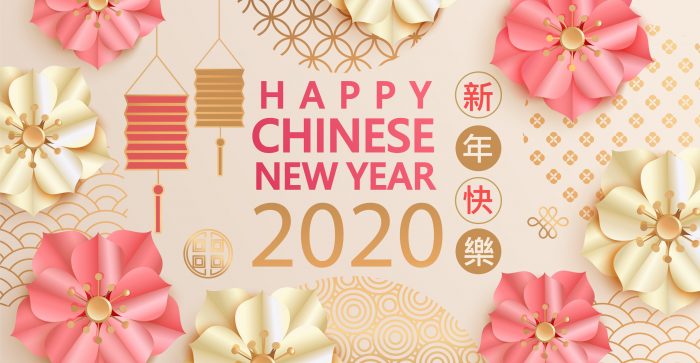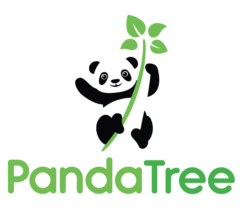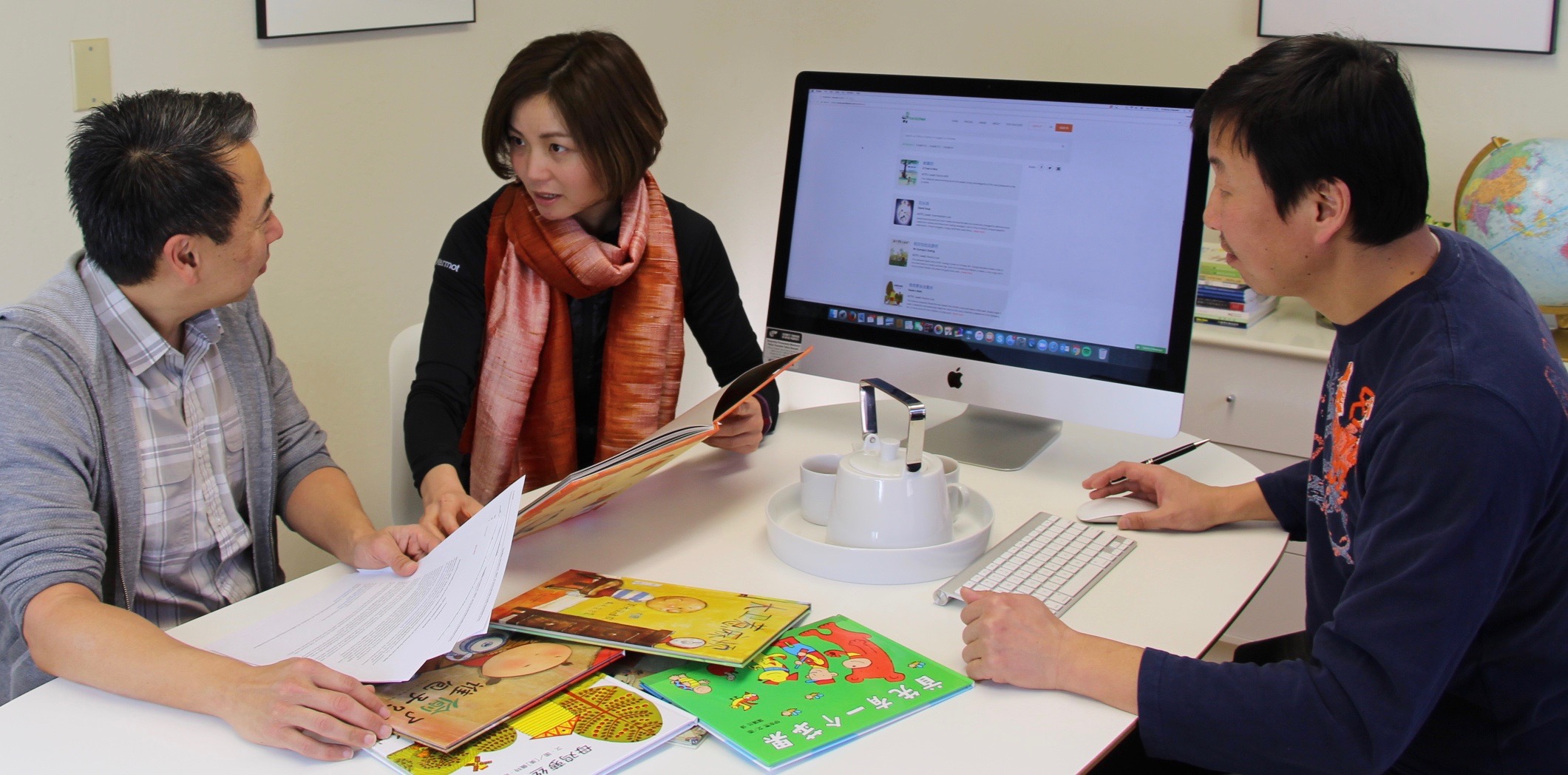
Note: College Board, Advanced Placement and AP are trademarks registered by the College Board, which is not affiliated with, and does not endorse, this site.
The Advanced Placement® Chinese Language and Cultural exam is growing in popularity as people realize the value of Chinese proficiency for future career opportunities and cultural fluency. In fact, the AP® Chinese exam is now the third-most popular AP language exam after AP Spanish Language and Culture and AP French Language and Culture.
In this post, we’ll share an overview of Advanced Placement exams, we’ll take a look at the AP Chinese Exam and its components, and we’ll share grading trends. Then we’ll look question by question at the exam, describe what to expect, and offer tips to maximize your score. Finally, we’ll share some advice on how to best prep for the exam. So if the AP Chinese and Culture exam is in your future, read on! Continue reading “The AP® Chinese Exam: PandaTree’s Tips to Ace It Everything you need to know for the May 6 exam“







